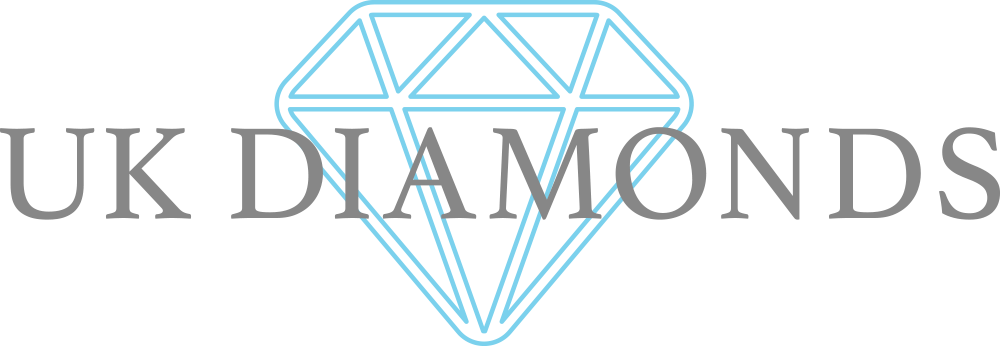Diamond Specialist Information
Think diamond, think romance, glamour and elegance. The symbol of true and undying love, of eternity. A diamond marks the greatest moments of our lives so you’ll want to ensure the diamond selected is perfect for you. Or if it’s for the lady in your life, the diamond that she deserves – and fits your budget.
To purchase with confidence you need thorough and reliable diamond information. Jewellery Studo offers expert advice from renowned diamond authority Roger Williams plus the opportunity to purchase loose and certified diamonds.
Where do diamonds come from?
Diamond is an allotrope of carbon and is the hardest known natural material. They come from deep within the Earth and are mined in places such as central and southern Africa, Canada, Russia, Brazil and Australia.
Certified diamonds, loose diamonds, what do these terms mean?
Diamond grading reports are offered with a significant diamond purchase. This takes the form of an appraisal, which places a monetary value on the diamond or a certificate, which describes the quality of the diamond.
A diamond certificate offers valuable information and takes into account the 4C’s when the diamond was priced. To make it more confusing there are a number of grading laboratories. Jewellery Studio offers certified diamonds from Gemological Institute of America (GIA), a globally known and respected organisation. Each diamond is unique and a certificate will identify the special characteristics of your diamond.
A loose diamond is one from a packet of similar graded diamonds. To propose with a loose diamond is very romantic indeed!
What are the 4C’s?
The 4C's are: Cut, Clarity, Carat and Colour, and were introduced in 1939 as a system to determine a diamond’s value.
Cut: The angles and proportions of a diamond.
The cut describes how the gemstone is angled so as to best reflect light through it. Cut is what gives a diamond its brilliance and sparkle. A high quality cut enhances the innate beauty of a diamond and increases its value.
Clarity: The presence of inclusions in a diamond.
How clear the diamond is when you look through it? Most diamonds have inclusions and flaws and it is rare to find a perfect diamond. Flaws, however, cannot usually be seen without magnification. When purchasing a diamond for clarity, look for the presence of dark spots inside the diamond.
Carat: The weight of the diamond.
Diamonds of a higher carat will cost more than a cluster of smaller diamonds, even if the total carats of the diamond cluster are the same. This means that a single one-carat diamond will be more expensive than three diamonds set in a ring that add up to one carat. Why? Because there are fewer larger diamonds than smaller diamonds.
Colour: The degree to which a diamond is colourless.
Colour is of course down topersonal preference. Diamonds that are colorless (also known as white diamonds) are rare and therefore cost more. Diamonds come in a variety of different hues, including yellow, green, blue and pink. There are even diamonds known as black diamonds.
Why do I keep hearing about blood diamonds?
Blood diamonds (or conflict diamonds) are those sold in order to fund armed conflict and civil war. Warlords and rebel groups in countries including Angola, the Democratic Republic of Congo, Liberia and Sierra Leone have used billions of dollars of profits from the sale of diamonds to buy arms and fund devastating wars.
The Kimberley Process is a government run international certification scheme that regulates the trade in rough diamonds. Its aim is to prevent the trade in conflict diamonds, while helping to protect the legitimate trade in rough diamonds.
Roger Williams and the Jewellery Stusio team strongly oppose all trade with anything or anyone remotely associated with conflict diamonds.
We can trace our diamonds – we know where they are mined and import through regulated, reputable traders directly from our office in Antwerp, the diamond capital of Europe.

